There’s no Japanese food I’m more obsessed with than ramen. It’s cheap, delicious, and has enough variations to keep me interested and coming back for more.
Even though ramen is originally from China and was once called shina soba (shinasoba しなそば), over the course of about 150 years ramen has slowly but surely become a uniquely Japanese dish, and even a staple across the country.
Chefs all over Japan have tinkered and toyed with ramen, elevated the food to a national obsession. Different parts of the country have very different styles of ramen, to the point where they represent a sort of regional pride. Once you’ve seen the ramen movie to end all ramen movies, you’ll see the kind of passion the Japanese have for their noodles.
I’ve tried all of the ramen offerings in my hometown of Portland, and while there are some bright spots, most are fairly disappointing (partly because I neglected to follow to Laws of Identifying a Real Japanese Restaurant).
But as much as I’m a ramen noobie, I know there are others out there who are less fortunate than I, whose only brush with noodly goodness is instant ramen out of a packet or in a styrofoam cup. Here is my effort to guide those people in the right direction, walking you through step by step, ingredient by ingredient, what’s what in a delicious bowl of ramen.
Broths
The foundation of any good ramen is the broth and, when done right, is light years beyond the little packet of flavoring that comes with instant ramen.
A good broth is made over the course of hours and has a ton of different ingredients, but there are a few primary types of ramen broth:
Shoyu ( 醤油)
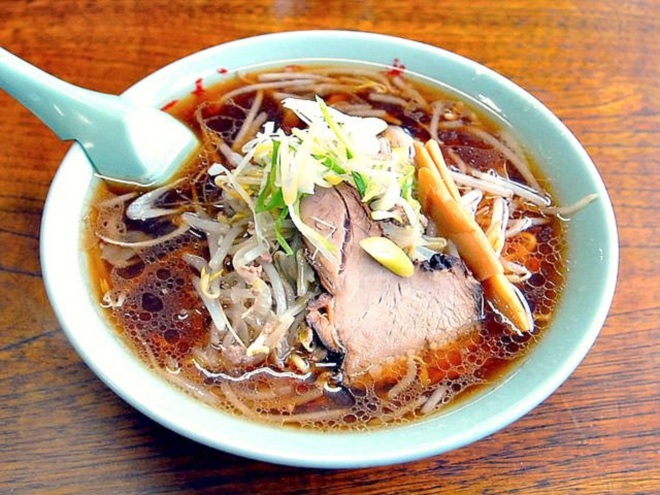
Soy sauce, or shoyu is a staple in basically every type of ramen broth, but is more prominent in some more than others. It has a very rich, salty, umami flavor to it, and a dark color.
Miso ( 味噌)
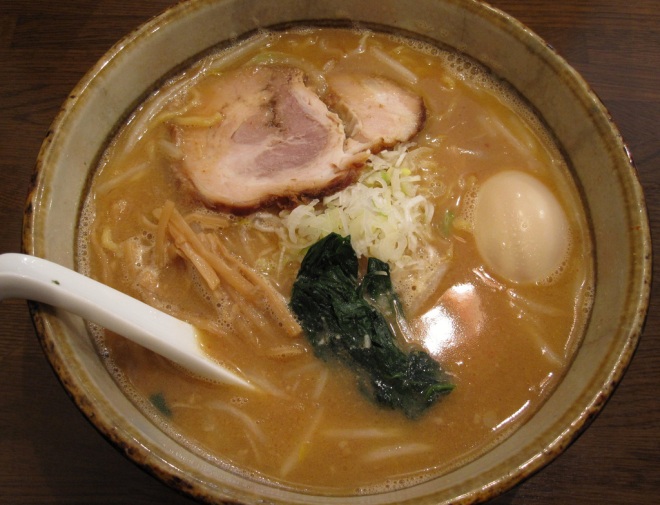
You’ve no doubt had miso soup before, but miso broth is a little more than just your standard “off the hook” miso soup. Miso broth a relatively recent ramen invention (miso ramen’s only been around for about 50 years), and is more of a regional specialty than a countrywide phenomenon.
Shio ( 塩)
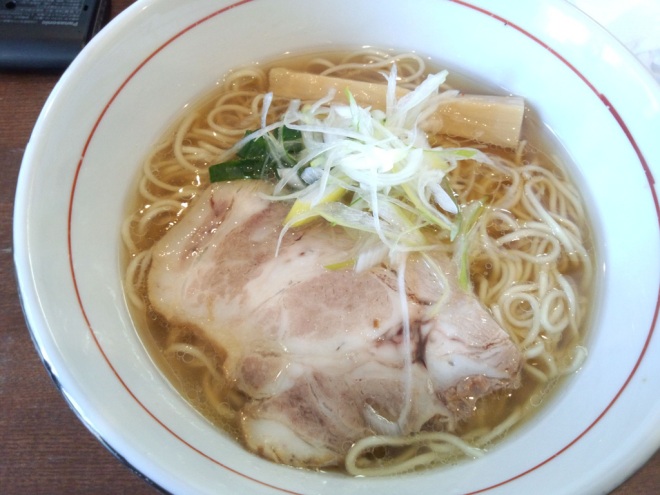
Most ramen broths use shoyu to give it a lot of that salty flavor, but shio ramen does it a bit differently. It uses salty things from the ocean, like seaweed and other dried seafoods to give it a salty and umami flavor.
Pork ( 豚骨)
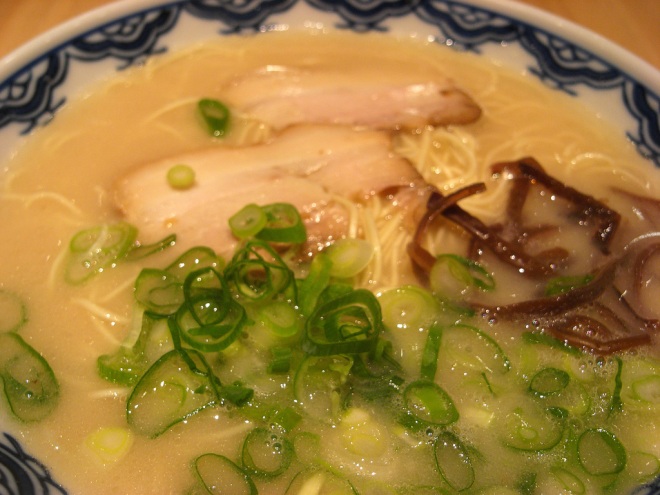
Who doesn’t like pork? Well, besides people who don’t eat red meat, pescatarians, vegetarians, and vegans. Pork broth is a stock made from pig’s bones and other ingredients which vary by the chef.
Toppings
Ramen toppings are yet another way to distinguish your bowl of noodles from everybody else. They’re not quite the heart and soul of the dish, but they make an already awesome dish ever more awesome.
According to Tampopo, each ingredient basically has its own personality, its own special place in the bowl, and you must treat them with respect.
There are a lot of basic toppings that almost always make it into the ramen bowl: things like seaweed, green onions, bamboo shoots, etc.. But some have a much larger personality and role in the bowl:
Pork

Pork comes in ramen comes many forms, whether it’s char siu, pork shoulder or pork belly. My all-time personal favorite is stewed, cubed pork belly, otherwise known as kakuni ( 角煮). On a good (or bad) day, I’d probably kill a man to get some.
Egg
This ain’t your grandpa’s hard-boiled egg — the eggs that go into ramen reached a level culinary sophistication far beyond your average scrambled or boiled variety.
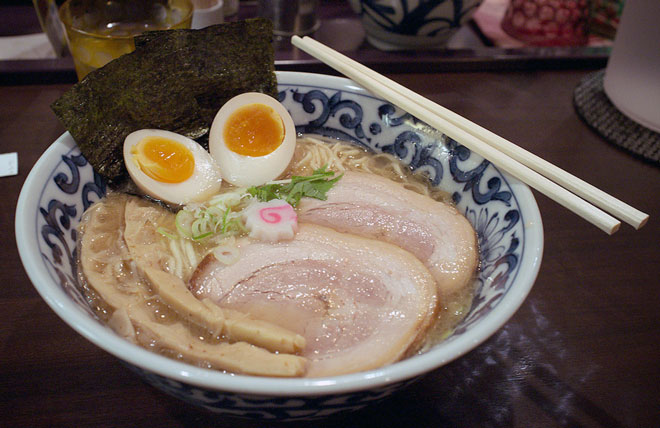
Lots of chefs cook the egg in a way that the yolk is still left gooey and intact. Some slow poach the egg, a process that requires that the egg never touch the bottom of the pot, and a thermometer to measure the exact temperature of the water at all times. All in all, slow poaching an egg takes about an hour; or, a little more than your egg timer can handle.
Even better still are eggs boiled then soaked in a sort of marinade, usually some combination including soy sauce and mirin. The way the sauces get into the eggwhites is just amazing. I’d highly recommend it.
Corn
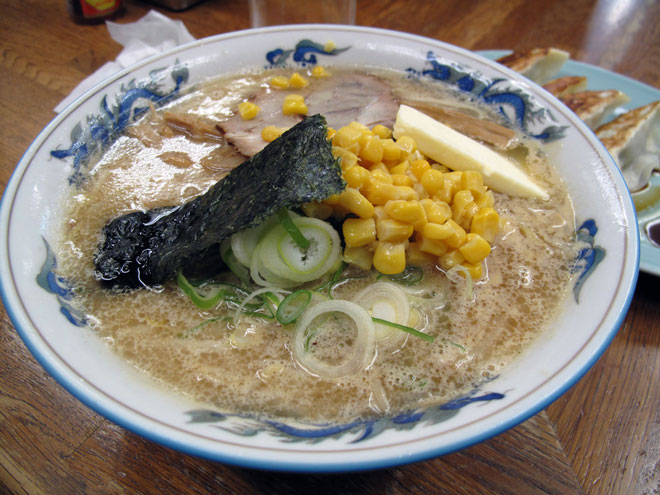
Yes, corn. More recently, people in Japan have begun experimenting with new and sometimes weird ingredients not native to Japan or even China. The uniquely American grain has somehow snuck across the Pacific and into ramen bowls in Japan.
It’s not uncommon to see corn paired with butter in the ramen bowl, all atop miso broth. You see this more in Hokkaido, Japan’s northernmost island. Something about the warm, buttery corn makes sense in the frigid northern weather, I guess.
Different Styles
Some types of ramen break completely free of the “noodles in broth with toppings” idea. Some are completely brothless, which can be good in its own way. It lets you focus a lot more on the taste and texture of the noodles.

Another style that’s gained popularity is (tsukemen つけ 麺), which are cold noodles with a separate sauce for dipping. Some people love to add enough chili oil to make you want to cry.
While this post doesn’t even begin to cover all of the different varieties of ramen, hopefully it will be a guide for those of you out there in the ramen wilderness. For more, I’d highly recommend the food magazine Lucky Peach, issue 1. If you can read through that and not be hungry, then you’re just not human.
